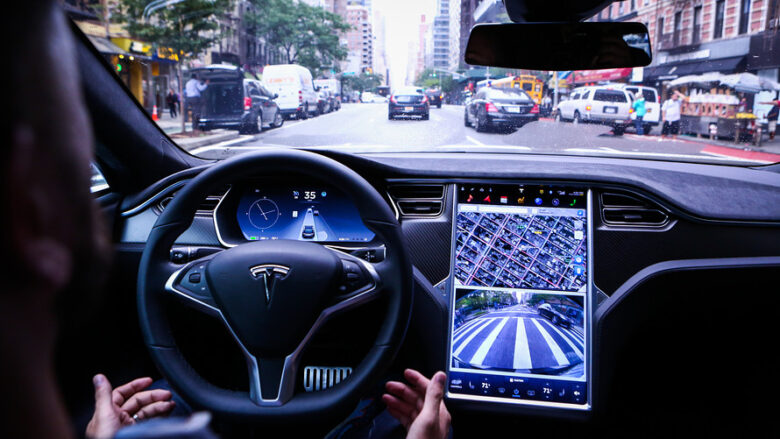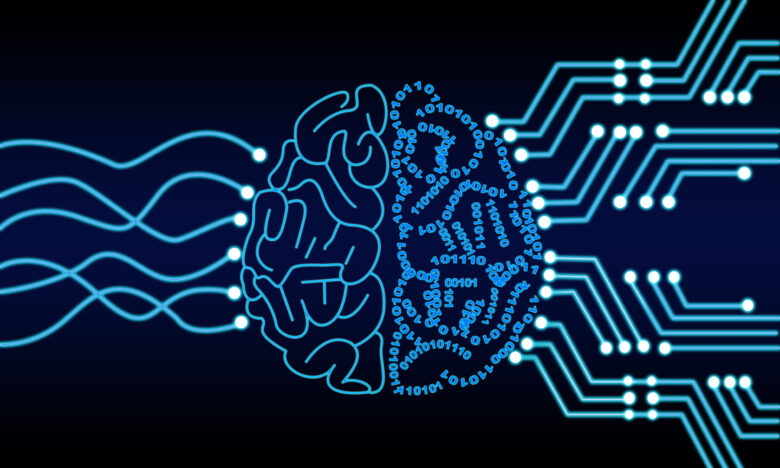We all have wondered if a computer or a robot will solve the complex integration/statistics problem when we are stuck in one. We have come a long way in development during these years, from computers occupying a whole room to your pocket. With automation at its peak, those days are not far away from where robots will do all the household chores.
Most people envision an intelligent robot that is smarter than any human and capable of learning when they think of AI. As it turns out, we’re not even close to this level of capability. Nonetheless, many companies, including Google and OpenAI (with funding from Microsoft and Tesla), are investigating this type of AI, also known as AGI, or Artificial General Intelligence.
In this context, General Intelligence refers to intelligence that is knowledgeable in a variety of fields. And, while it’s an intriguing technology to consider, it has very little practical application in today’s economy.
Narrow AI, or Artificial Intelligence with a single powerful application, is more common. There is AI for spam detection and face recognition.
Applications of Artificial Intelligence

- Automobiles (Tesla) – Artificial Intelligence is being incorporated into not only smartphones but also automobiles. The car is becoming smarter every day as a result of over-the-air updates. If you’re a vehicle enthusiast, you’re missing out on Tesla. This vehicle is one of the best cars on the market right now. The car has received numerous awards and has features like self-driving, predictive skills, and ultimate technological innovation. If you’re a techie who’s always wanted a car like the ones in movies, Tesla is the one to have in your garage.
- Voice Assistants (Siri) – Siri is one of Apple’s most popular personal assistants, available on the iPhone and iPad. It helps us discover information, obtain directions, send messages, make phone calls, open apps, and schedule events. The user interacts with the friendly voice-activated assistance daily. Siri employs Machine Learning to become more capable of understanding natural language inquiries and requests. It is one of the well-known examples of a device’s Machine Learning capabilities.
- OTT platform – Over the top platforms like Netflix are well-known content-on-demand services that use predictive intelligence to make recommendations based on users’ reactions, interests, decisions, and behaviors. The technology looks at many records to provide movie recommendations based on your previous preferences and responses. The one and only disadvantage of this technique is that little films go ignored while large films thrive and spread around the network. With each passing year, it becomes more clever. However, it is still evolving and learning to become more intelligent.
Advantages of AI

- Human Error is Reduced – Humans make mistakes from time to time, which is known as human error. On the other hand, computers cannot make mistakes like humans unless they are obsolete. With the application of Artificial Intelligence, it makes choices based on previously obtained data and a set of algorithms. As a result, mistakes are decreased, and the prospect of achieving better precision and accuracy increases.
- Safety of life – One of the most significant advantages of Artificial Intelligence is that it can be utilized effectively like going to Mars, defusing a bomb, exploring the deepest parts of the ocean, or mining for coal and oil. By building an AI robot capable of performing dangerous tasks for us, we can transcend many of humanity’s difficult limits.
- No breaks or holidays – Without breaks, an average human will sweat and work for about 6-7 hours per day. Humans are designed in such a way that they can take time off to recharge their batteries and prepare for a new day at work, and they even have weekly off days to separate their professional and personal lives. But, unlike humans, we can use AI to make machines work nonstop 24 hours a day, seven days a week, and they won’t get bored.
- Faster than the average human – Combining AI with other technologies allows us to build computers to make decisions and perform tasks faster than humans. A human will consider a variety of factors, both emotionally and practically. The AI-powered machine will focus on its design and produce results more quickly. According to Neuroflash, you can try out an AI book writer, tools like these are now making it possible to generate unique, fictional content at a previously unimaginable scale. This sort of AI technology can even help you to become an author and write a whole book.
Disadvantages of AI
Every positive aspect has a corresponding negative aspect. Artificial Intelligence has a number of disadvantages. Let us look at a few of them:
- Expensive Setup Costs: With AI evolving daily, you must upgrade hardware and software regularly to get smooth performance and keep it virus-free. Such complex and diverse machines have expensive parts and require skilled and qualified persons to do maintenance and repair work.
- Decreased Human Productivity: Artificial Intelligence (AI) makes humans lazy by automating most of the work. Humans now are not as physically active as they were a couple of decades back.
- There is no need for unskilled laborers- Human interference is growing less as AI replaces most repetitive tasks and other tasks with robots, resulting in a significant challenge to the current employment of the country. Nowadays, many companies are replacing humans with robots with AI to lower costs and maximize production.
Introduction to Machine Learning

Machine Learning is a crucial component of the rapidly thriving field of Data Science. In data mining projects, algorithms are mainly taught to categorize or predict using statistical methodologies, exposing crucial insights.
Following that, these insights drive application and enterprise decision-making.The requirement for data scientists will increase as the data expands and grows; which in turn demands their assistance in finding the relevant business issues—as a result, the data is required to answer them.
Uses of ML
-
Chatbot
Chatbots are one of the earliest kinds of automation, bridging the gap between the common people and advanced technology by allowing people to interact with computers, which can subsequently execute activities based on human requirements.
-
Detection of Fraud
Machine learning’s ability to recognize trends and spot anomalies that deviate from them makes it a valuable tool for spotting fraudulent activities.
-
Identification of Images

Machine learning, deep learning, and neural networks (groups of algorithms designed to diagnose patterns) are used by businesses to identify photos. From Facebook’s want-to-tag photographs shared on its site to security teams’ desire to spot illegal conduct in real-time to automated automobiles’ need to view the road, Machine Learning technology has many applications.
-
Decision Assistance
Decision assistance is another area where Machine Learning can assist firms in turning their vast amounts of data into actionable insights that provide value. Algorithms trained on historical data and any other relevant datasets may access contents that provide various possible outcomes at a size and pace that humans can’t match, allowing them to give suggestions on the best course of action.
All this information might have you thinking of pursuing AI or ML as a career, or you might already have your degree and want to know more about this. It would open you to a world of innovations and would be rewarding. The online courses for AI and Machine Learning from mygreatlearning.com are available anytime on the internet to get you going.


